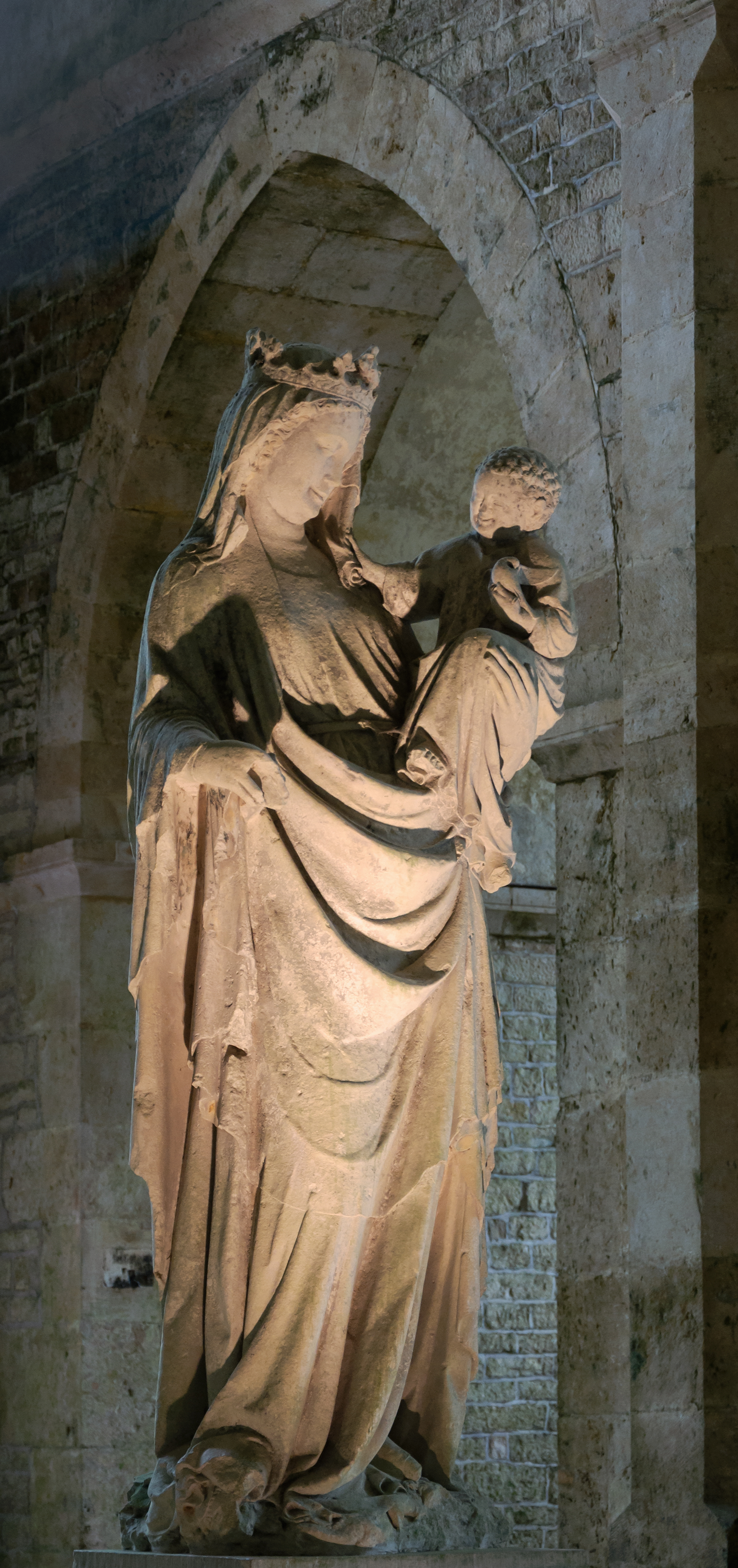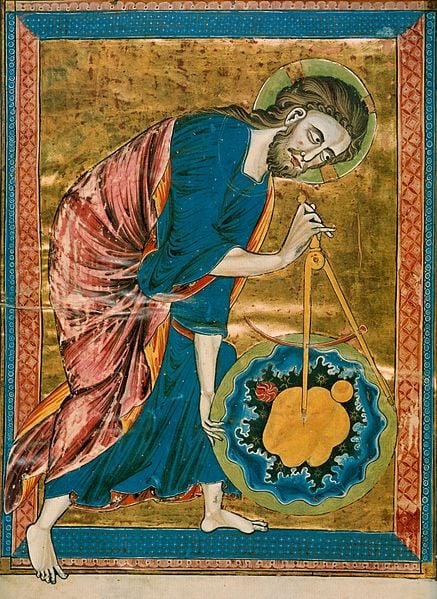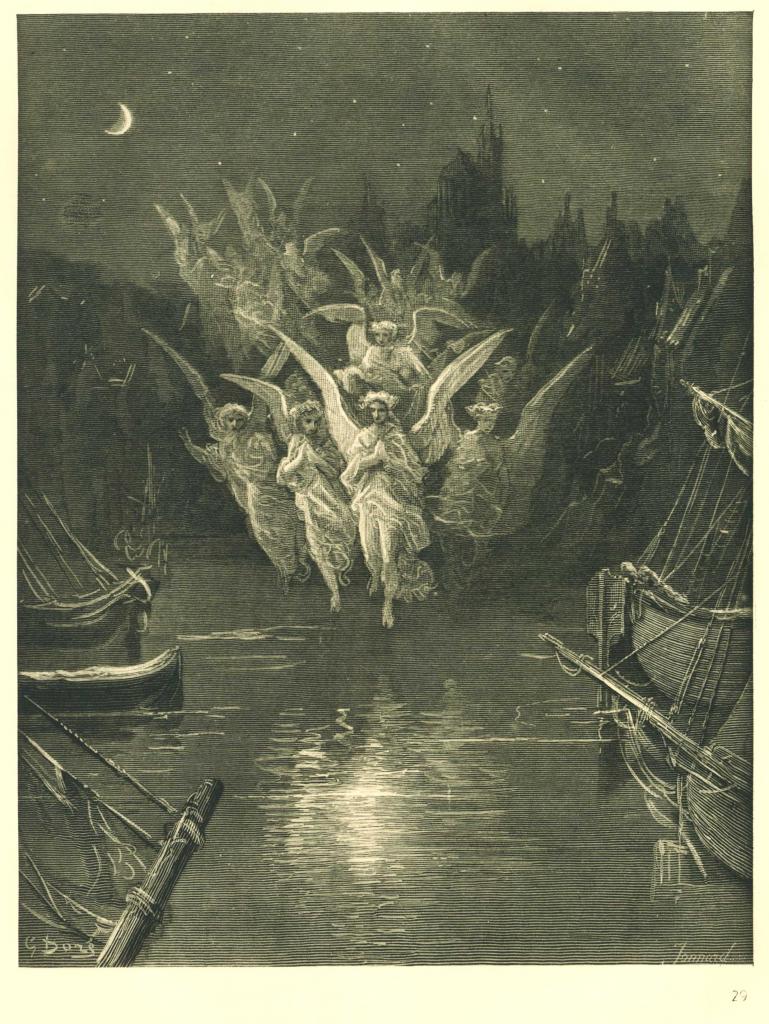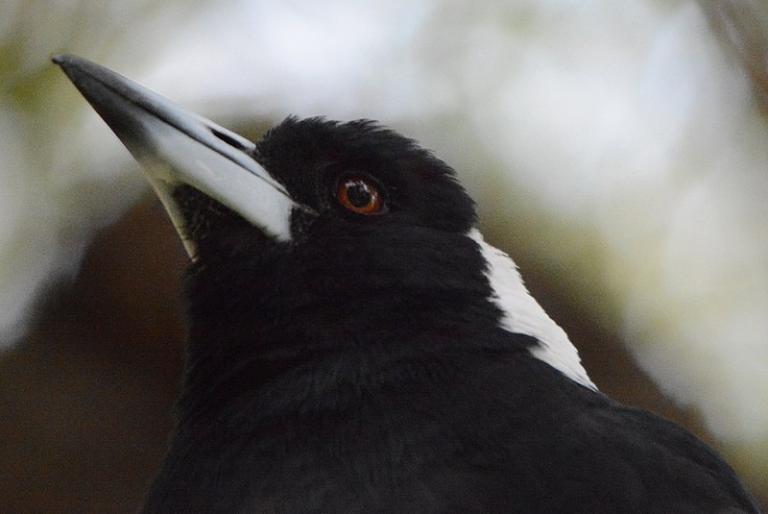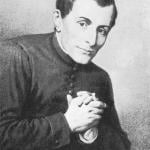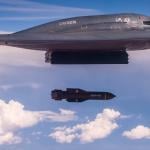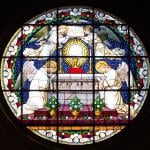David Russell Mosley
Advent
St Andrews
1 December 2014
The Edge of Elfland
Hudson, New Hampshire
Dear Friends and Family,
Today is the transferred Feast of St Andrew (transferred from yesterday since yesterday was the first day of Advent, which if you want to see my most recent devotion on Advent check it out here). I was doing Morning Prayer (from Common Worship for those interested) this morning and I got to the Old Testament reading. Now I use the Revised Common Lectionary––I intend a passage on the benefits and problems with using a lectionary. I like it because it includes Apocryphal readings. The Apocrypha is not Scripture in the way the texts of the Old Testament or New Testament are, but it has been found useful by the Early and Medieval Churches and shouldn’t be ignored by non-Catholics/Orthodox. However, by an oversight today, I didn’t read the provided Apocryphal text, Ecclesiasticus 14.20-end. I didn’t see it listed and so read the Old Testament reading instead, and today, I’m glad I did.
The passage from the Old Testament for today was Ezekiel 47.1-12:
‘Then he brought me back to the door of the temple, and behold, water was issuing from below the threshold of the temple towards the east (for the temple faced east). The water was flowing down from below the south end of the threshold of the temple, south of the altar. Then he brought me out by way of the north gate and led me round on the outside to the outer gate that faces towards the east; and behold, the water was trickling out on the south side.
Going on eastwards with a measuring line in his hand, the man measured a thousand cubits, and then led me through the water, and it was ankle-deep. Again he measured a thousand, and led me through the water, and it was knee-deep. Again he measured a thousand, and led me through the water, and it was waist-deep. Again he measured a thousand, and it was a river that I could not pass through, for the water had risen. It was deep enough to swim in, a river that could not be passed through. And he said to me, “Son of man, have you seen this?”
Then he led me back to the bank of the river. As I went back, I saw on the bank of the river very many trees on one side and on the other. And he said to me, “This water flows towards the eastern region and goes down into the Arabah, and enters the sea; when the water flows into the sea, the water will become fresh. And wherever the river goes, every living creature that swarms will live, and there will be very many fish. For this water goes there, that the waters of the sea may become fresh; so everything will live where the river goes. Fishermen will stand beside the sea. From Engedi to Eneglaim it will be a place for the spreading of nets. Its fish will be of very many kinds, like the fish of the Great Sea. But its swamps and marshes will not become fresh; they are to be left for salt. And on the banks, on both sides of the river, there will grow all kinds of trees for food. Their leaves will not wither, nor their fruit fail, but they will bear fresh fruit every month, because the water for them flows from the sanctuary. Their fruit will be for food, and their leaves for healing.”’
The beauty of this passage was not made evident to me until I took my Hebrew History and Literature II course in undergrad. It was there that my Old Testament professor pointed out that an ever-widening river is flowing out from the Temple. For whatever reason, it had not dawned on me that this river had its source in a building and flowed out from there. Today, I had a new realisation about this text, one I’m sure many before me have seen. This river is a river of blood. I don’t mean this in some kind of macabre sense, rather I mean it is a river of life. It provides sustenance to the world. It makes the sea fresh and fills it with fresh water fish for eating. It is surrounded by fruit trees whose fruit is good to eat and whose leaves are healing. But more than simply giving life to these trees as any water would, this river gives unending life, ‘Their leaves will not wither, nor their fruit fail, but they will bear fresh fruit every month.’ And why? ‘because the water for them flows from the sanctuary.’ For us, today, it is clear what this river is, it is the blood of Christ. What else is so life-giving? What else can give the world unending life? What else picks up such momentum as it spreads out as the blood of our Lord and Saviour.
When we partake of the Eucharist, we are drinking from this river. We are given life, unending life by drinking it. Yet, what is even more astounding to me is the holistic dimension of this passage. While its true that humanity is definitely the focus here, the trees are meant for our use, nevertheless, this river transfigures the whole of Creation. It changes the sea into fresh water, except for certain places so salt can be had; it changes the dry land into fertile land; it changes fruit trees, with their cycles of blossom, bloom, fruiting, and harvest, into perpetual harvest; it imparts healing power to the leaves of the fruit trees. The whole of Creation is changed by this river which flows from the heart of the sanctuary, which is the Eucharist.
What a passage to read in Advent! Christ’s coming into Creation has transfigured Creation. If we are being deified, conforming to the image of God incarnate, so too is the rest of Creation, each part as is fitting. And yet, we do not see the fulfillment of this. We can see patches of the world that have been so transfigured, in part anyway, but the world as a whole is still broken, is still parched desert. This is why we wait. We wait for the return of Christ, for the free-flowing of this river that gives life and deifies the Cosmos. In the mean time we must do our part to spread it, to do the will of God in transfiguring his Creation, to make his name holy, to bring about his Kingdom here on Earth as it already exists in Heaven.
Sincerely yours,
David



